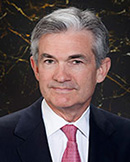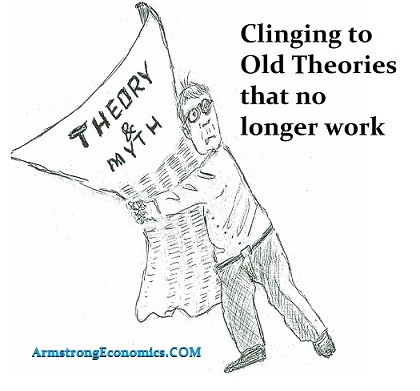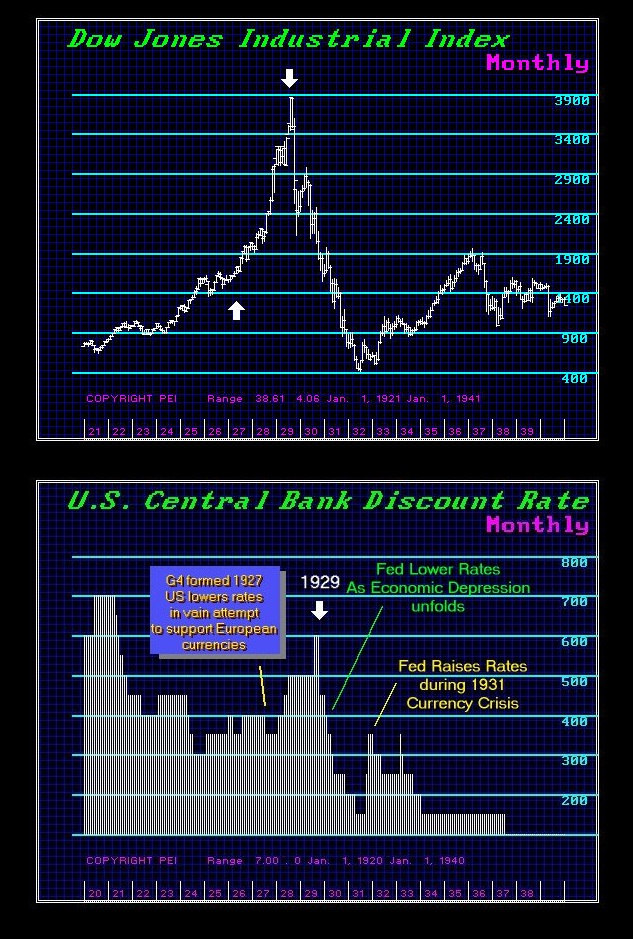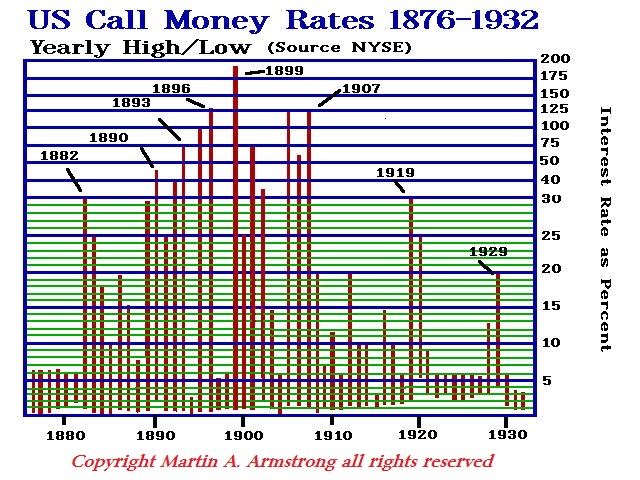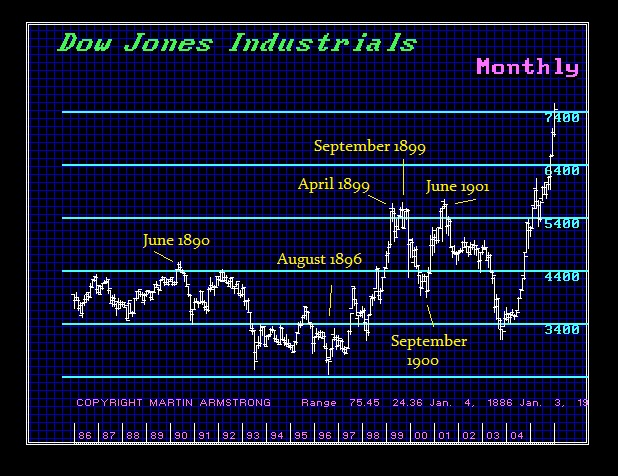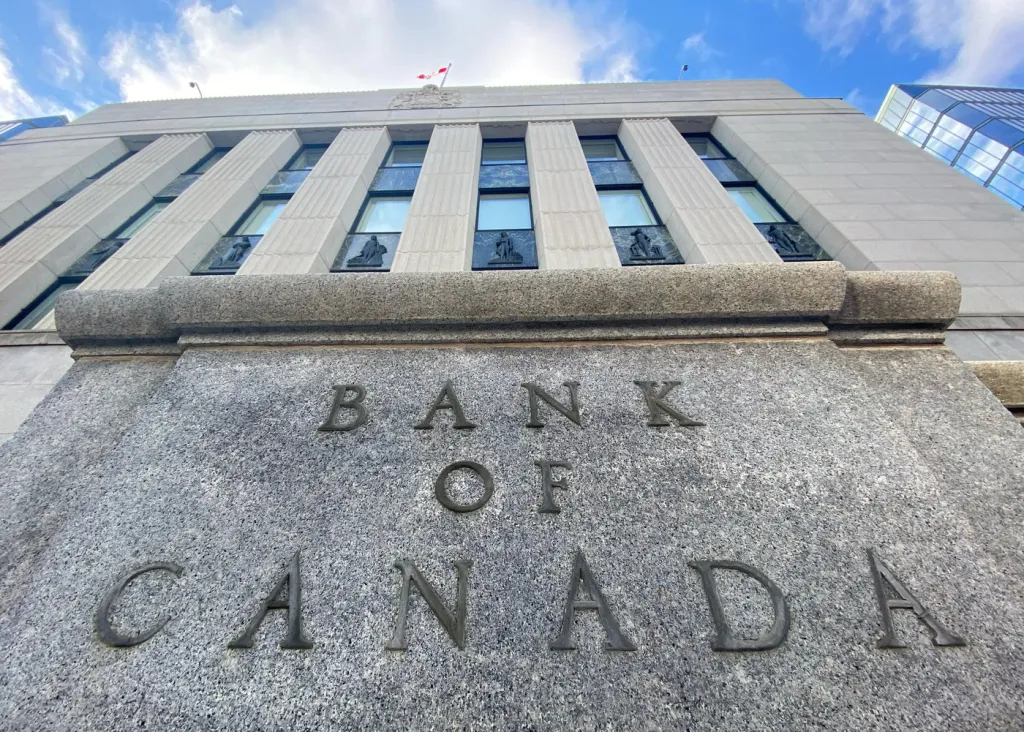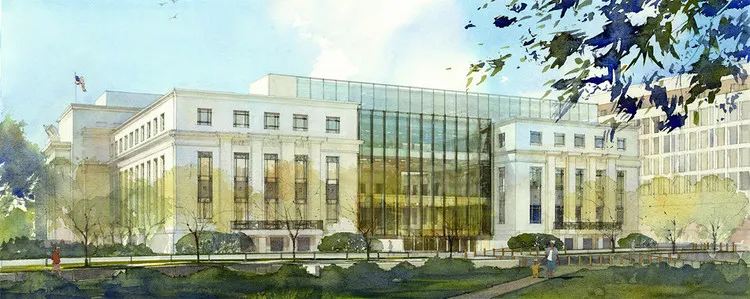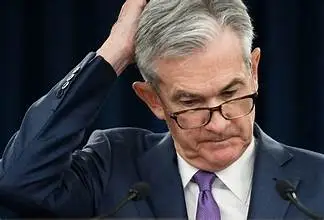COMMENT: Marty, Powell spoke onstage here at the Economic Club of Washington. As always, nobody seems to know central banks like you. Powell point-blank said that the Fed may have to continue to raise rates more than what the marketplace has already priced in if the jobs market stays unexpectedly strong. I know you hate our town, but perhaps you should consider speaking here at the club.
Thank you for the global education. You are indeed a legend in your own time as they call you.
P
REPLY: Thanks for the invite. Not sure I want to fly to the real Tinseltown. We have to come to the cold hard fact that there are no alternatives to the Keynesian theory. It’s not just the Fed. When I do interviews, I tend to be controversial because everyone, including the Goldbugs and countless analysts, all rely on the very same set of theories.
The premise remains to increase the supply of money and it MUST be inflationary. The Fed raises rates to reduce consumption and lower rates to stimulate consumption. It’s a very nice theory, but when actually tested, it utterly fails. Lower rates will NEVER cause people to invest UNTIL they believe that there is an opportunity to invest.
The peak in interest rates took place in 1899 at virtually 200%. Yet, 1929 was the real bubble top and it peaked with 20% interest rates in call money on the NYSE. In theory, the biggest boom should have been met with the highest interest rate. In truth, the “real interest rate” as I have defined it is when the interest rates exceed expectations. If you think the stock market will double, you will pay 25% interest.
As you can see, while interest rates hit nearly 200% in 1899, the share market did NOT crash percentage-wise anything as it did following 1929. Look, there is a lot more to this than meets the eye. Everything must be addressed on a global scale for it all depends also on the direction of capital flows. There is just a lot more to this than simply the money supply and interest rates.

